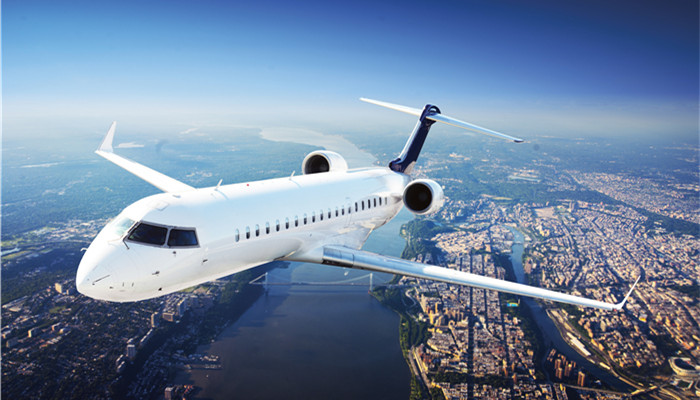
The aviation fuel market will continue to grow and SAF has huge potential
Aviation fuel mainly includes aviation gasoline for ignition piston engines and jet fuel (commonly known as aviation kerosene) for gas turbine engines. Industrial Research Center released “Aviation Fuel 2023-2028” In-depth industry analysis and “14th Five-Year Plan” Development Plan Guidance Report shows that since the 21st century, the global aviation industry has developed rapidly, and air transportation is becoming one of the indispensable modes of transportation for people. Global business The number of aircraft, private aircraft and military aircraft continues to grow. Although the global aviation industry has been affected by the new coronavirus pneumonia epidemic in recent years, overall, global aviation fuel demand has shown a growth trend. In 2022, the global aviation fuel market has reached 1,700 It is about 100 million yuan and will maintain an average annual growth rate of more than 10% in the future.
Currently, major players in the aviation fuel market include ExxonMobil, Chevron, Global Fuel Services, Valero Energy, BP, Shell, France’s Total Energy, Finland’s Neste, and Russia’s Natural Gas Industries, Indian Oil Corporation, etc. These companies have well-equipped manufacturing facilities and strong distribution networks in North America, Europe, Asia Pacific, Latin America, and the Middle East and Africa.
(1) Emission reduction needs drive the use of sustainable aviation fuel
Sustainable aviation fuels (SAF) are a key component in achieving the aviation industry’s commitment to decouple the growth of carbon emissions from transport growth. While hybrids and electric vehicles are viable alternatives for other transportation needs, in aviation, electric propulsion in aircraft is currently limited to small aircraft and medium-range flights. The electrification of medium-to-large aircraft and long-haul flights is still needed. time. As the aviation industry faces emissions reduction challenges, and sustainable aviation fuels produce 80% less carbon dioxide emissions during the fuel life cycle than fossil jet fuels, the development of sustainable aviation fuels is seen as the most promising way to achieve net-zero emissions goals. potential emission reduction measures.
(2) Traditional fuel is still the most important form of fuel
In recent years, the number of aircraft in the world has continued to increase, the mileage has increased significantly, the volume of air passengers and cargo has increased significantly, and the global demand for aviation fuel has also increased significantly. Although sustainable aviation fuels have better emission characteristics and governments are developing initiatives to switch to sustainable aviation fuels, airlines will still rely more on conventional fuels in the short term due to their lower cost compared to sustainable aviation fuels. Jet fuel, traditional fuel remains the most dominant form of fuel.
(3) North America has the largest demand
North America has the largest aviation fleet, private jets and military aircraft. A large number of passengers travel by plane every year. North America has the largest aviation fuel consumption in the world. At the same time, due to the increase in air traffic and aviation passengers, in order to meet the need to reduce carbon footprints, the United States and Canada have also launched various initiatives to support the use of sustainable aviation fuels in recent years. With supporting policies and initiatives to decarbonize aviation emissions, the North American market is also the largest demand region for sustainable aviation fuel (SAF).

 微信扫一扫打赏
微信扫一扫打赏

